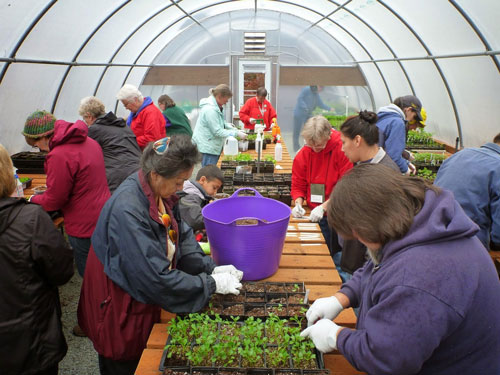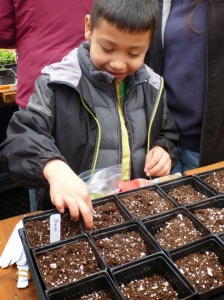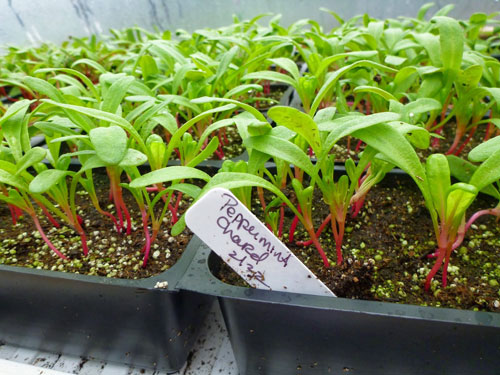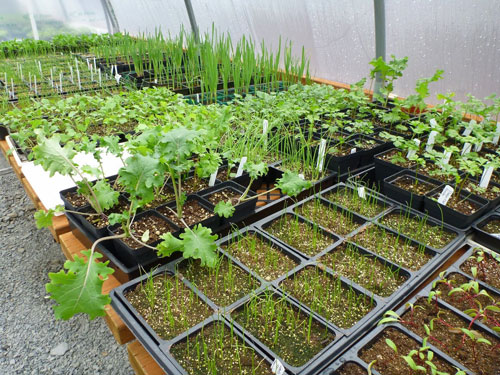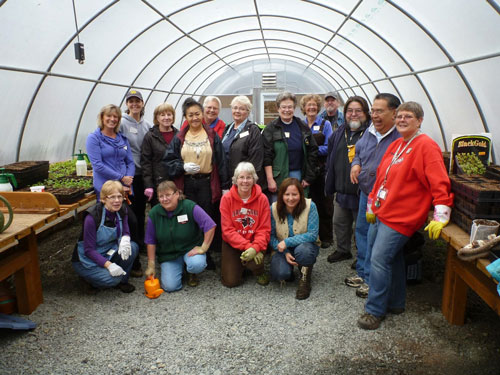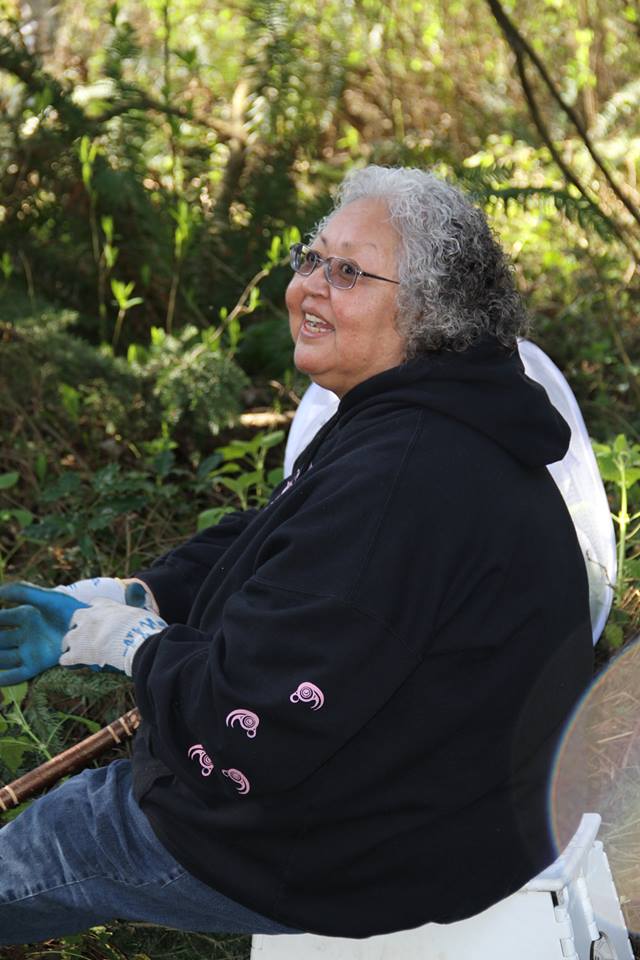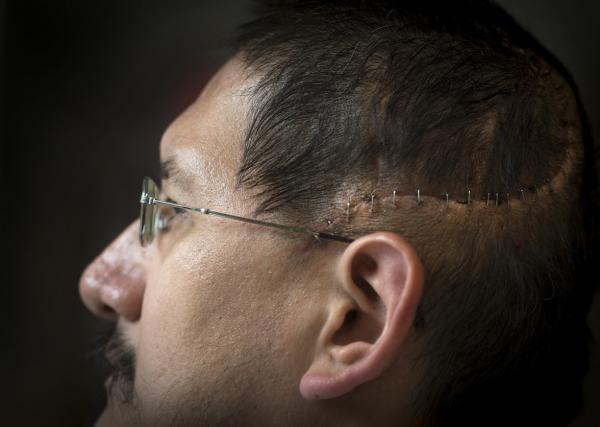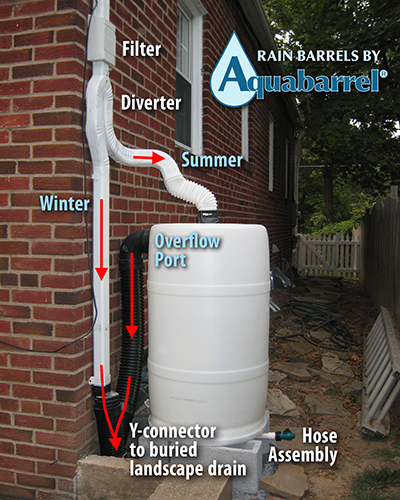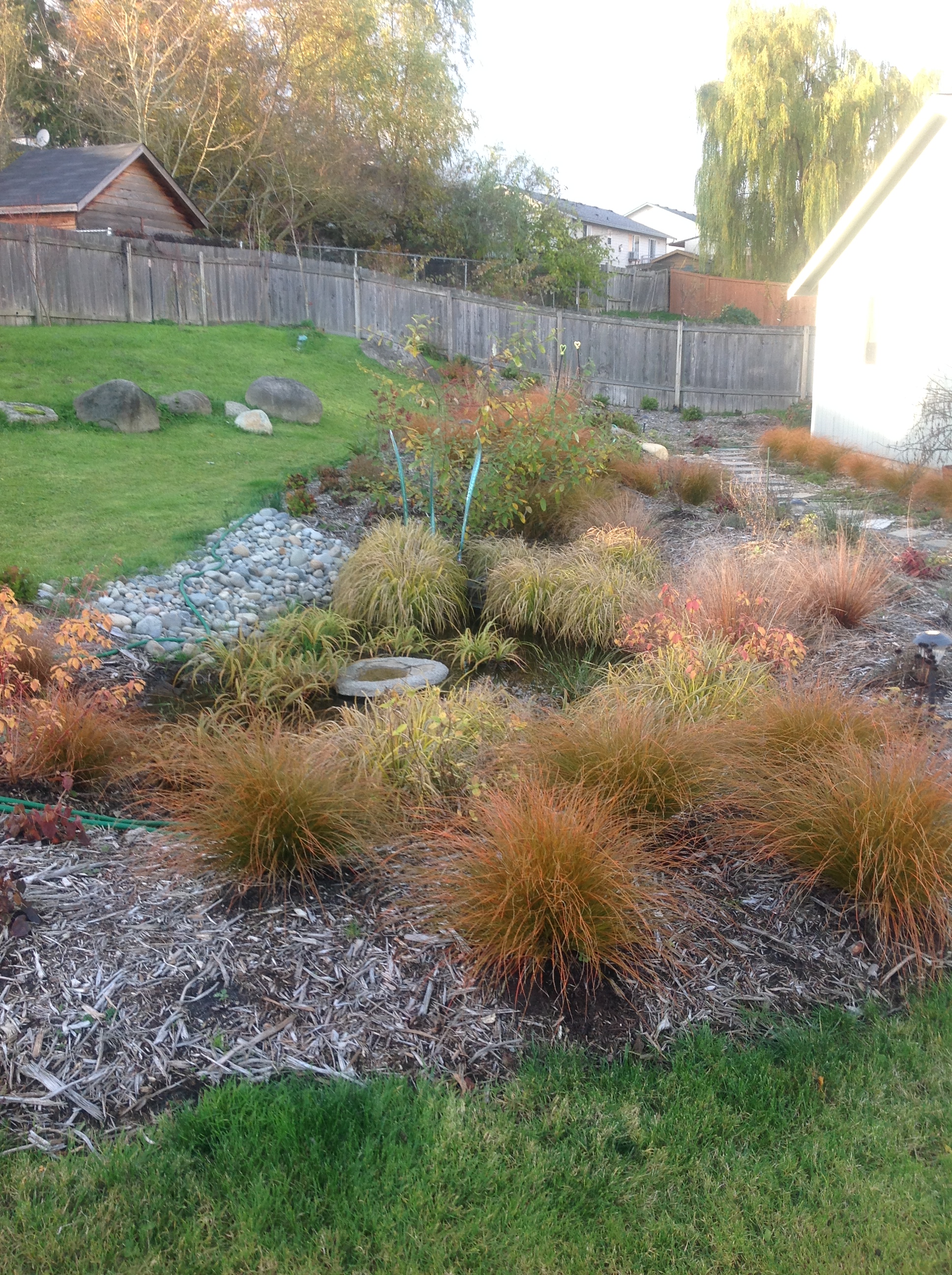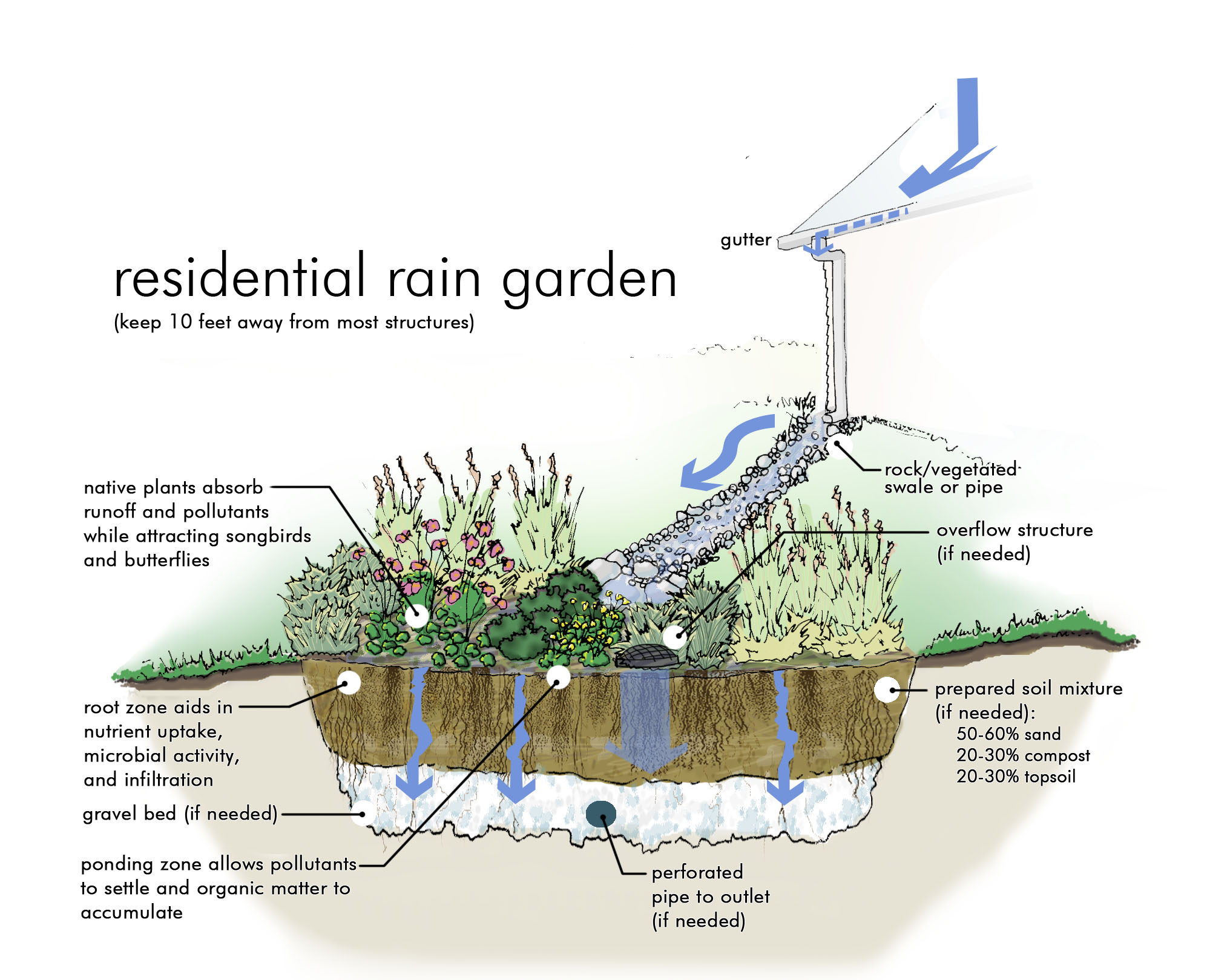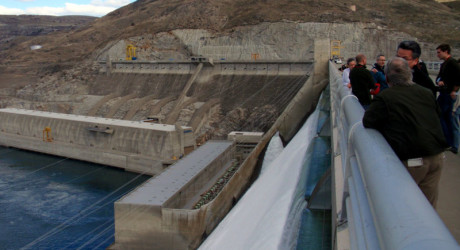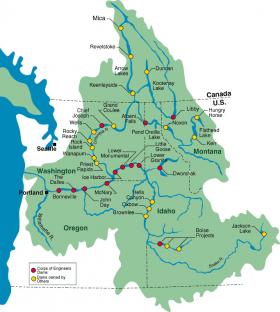By JOHN STARK
THE BELLINGHAM HERALD March 18, 2014
BELLINGHAM – Three days after suffering a setback in tribal elections, the 306 people facing loss of membership in the Nooksack Indian Tribe won a legal victory that promises to slow down the tribal council’s effort to remove them.
But the appeals court’s action may not stop that removal.
In a ruling delivered to the tribal court office on Tuesday, March 18, a three-judge Nooksack Tribal Appeals Court panel ruled that the procedures for removing the 306 from tribal membership rolls must be approved by the U.S. Department of Interior, which oversees the Bureau of Indian Affairs. The tribal council, headed by Chairman Bob Kelly, had approved a resolution in August 2013 declaring that each individual facing loss of tribal membership would get a telephone hearing before the tribal council of no more than 10 minutes.
Attorneys representing the council had argued that the resolution did not need federal approval. Seattle attorney Gabe Galanda and his firm, representing the 306, convinced the court that the resolution was, in fact, an ordinance, and the tribal constitution requires Interior Department approval of ordinances.
Otherwise, the appeals court ruled that the short telephonic hearing was adequate protection of the affected tribal members’ legal right to due process before they are deprived of tribal membership, which members say has emotional as well as financial benefits. The judges’ ruling states that a more lengthy, in-person hearing would serve no purpose, because a member’s right to tribal status would hinge on documentary evidence of ancestry, not personal pleas.
The court ruled that the affected tribal members must have 21 days’ notice before their hearing, and they have a right to be represented by someone of their choice.
In an email, Galanda said it was significant that the appeals court ruling forces the Department of Interior to get involved. Until now, the threatened Nooksacks have been rebuffed in efforts to get the agency to weigh in on the membership controversy.
Galanda said he wasn’t sure whether the approval process would be handled in regional BIA offices, or whether it might be referred to Washington, D.C. He declined to guess how long the approval process might take, and whether there was any chance that the federal agency would deny the approval that the tribal council needs to get the membership ouster started.
In a Saturday, March 15, tribal council election, the 306 members and their allies managed to claim two of the four council seats on the ballot, but Kelly and another incumbent were re-elected, leaving the council with an apparent 5-2 majority in favor of the ouster of the 306. Kelly, the eighth member of the council, votes only when there is a tie, but he still plays a significant leadership role.
Kelly and council members who support the ouster have avoided making public statements outside tribal gatherings since the controversy began more than a year ago. Kelly did not respond to a request for comment Tuesday.
Nooksack member Marie Witt, a strong Kelly supporter, said she understands why Kelly and the other council members are keeping quiet in public.
“We were raised to believe silence is a virtue,” Witt said.
As Witt sees it, Kelly’s reelection demonstrates that most Nooksacks support the effort to remove the members of the Rabang, Rapada and Narte-Gladstone families, who were admitted to membership in the 1980s. Those facing the loss of tribal membership have based their membership claim on their descent from Annie George, who died in 1949. Members of those three families have introduced evidence that Annie George was Nooksack, but those who want the three families out have noted that George’s name does not appear on a list of those who got original allotments of tribal land and or on a 1942 tribal census, and those two criteria determine legal eligibility for membership.
Many other tribal members opposed the three families’ membership claims from the beginning, Witt said, because they believe the three families have much stronger ties to Canadian tribes.
“It (the ouster) is something we all wanted,’ Witt said. “People in the tribe have been pushing for this for many years.”
Witt, 23, said she has friends and relatives who are faced with loss of tribal membership, and she regrets that. But she is convinced that the original enrollment of the members of those three families was a mistake that strains tribal resources. Among other things, she said members of the families are getting a significant share of the money available for tribal members’ health care, and there isn’t enough money to provide for those she believes have a better claim to membership.
Witt said she admires Kelly’s willingness to take on such a hotly contested issue, and she said it is a mistake to think that Kelly is solely responsible for a membership purge that has the support of a majority of the council. She added that Kelly has done a lot to improve tribal government.
“He’s trying so hard to make our tribe better,” Witt said. “We’re putting more of our trust in him because he’s not trying to hide anything from us.”
Reach John Stark at 360-715-2274 or john.stark@bellinghamherald.com . Read the Politics Blog at bellinghamherald.com/politics-blog or get updates on Twitter at @bhampolitics.




